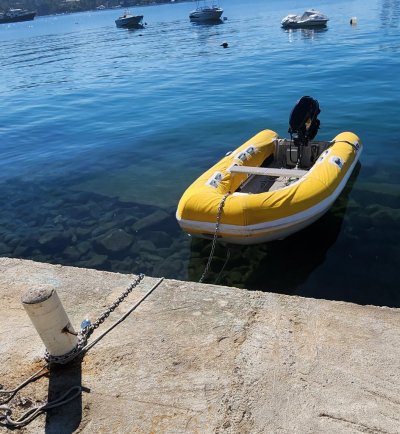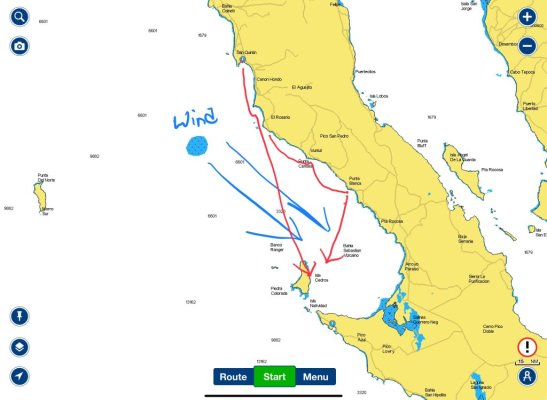I understand it is a bit early, but my plan is to cruise down from Portland OR to Cabo San Lucas next summer.
I am looking for suggestions/advice on nightly anchorages during this trip. I can go into marinas, if necessary, but my primary goal is to stay on anchor overnight and continue sailing during the day. I do not plan to sail at night, unless there is no other way. I am single handed, single engine, 6 knots, LRC. I am retired, so there is no schedule. Takes as long it takes. I am pretty much off-grid, so rarely need to get supplies. I can store plenty of fuel about 1600 gallons. 1200 in tanks + 400 in bladders. Ideally, I would sail starting early morning till late afternoon and drop anchor. Although, I managed to cross the river banks at Newport and Columbia river, I would like to avoid this experience again.
I am asking for recommendations for fairly safe anchorages on this route. I am totally flexible and not in a hurry. Any advice is also appreciated.
PS: since my boat is a roll type, I plan to keep my tanks full all the way. If you have recommendations for refueling on the way, please share. Price per gallon is to be considered.
Thanks.


